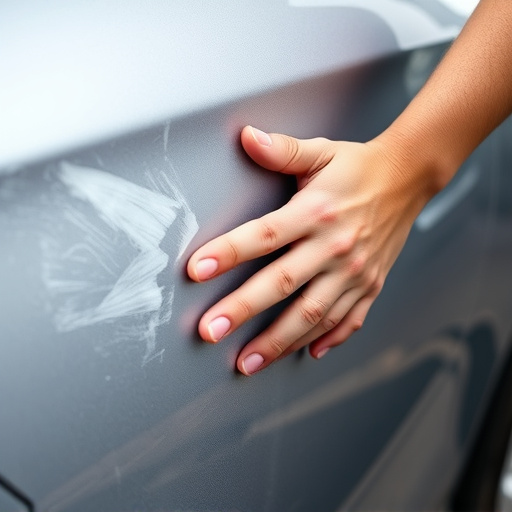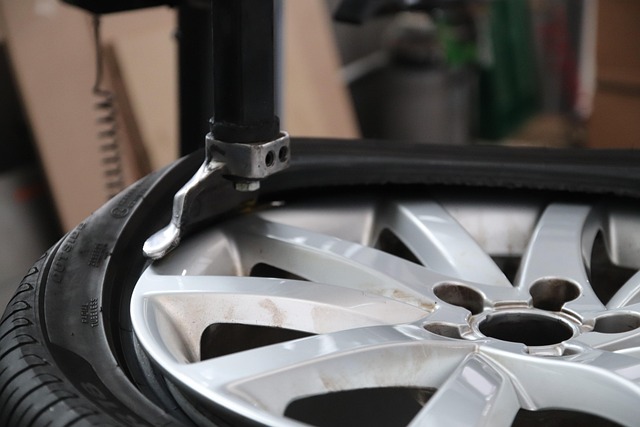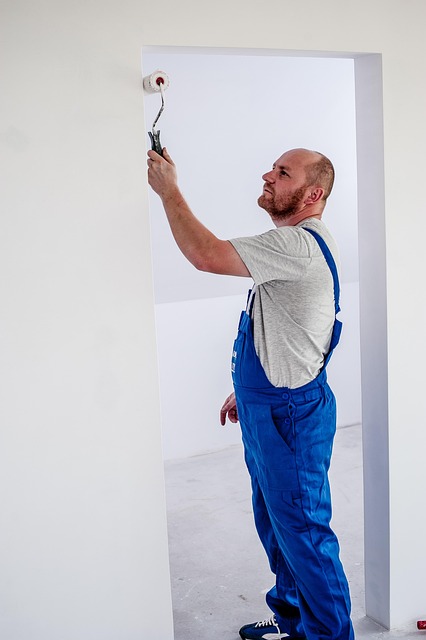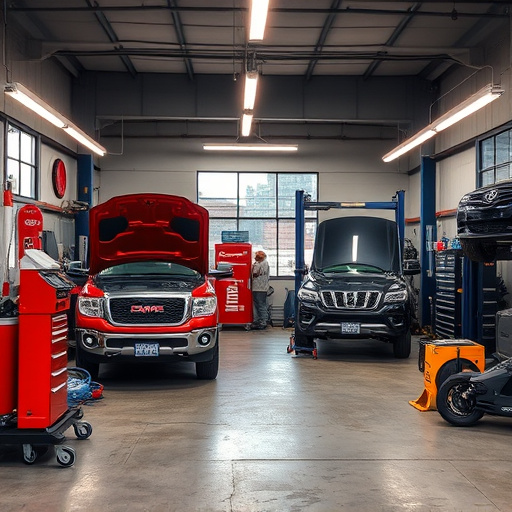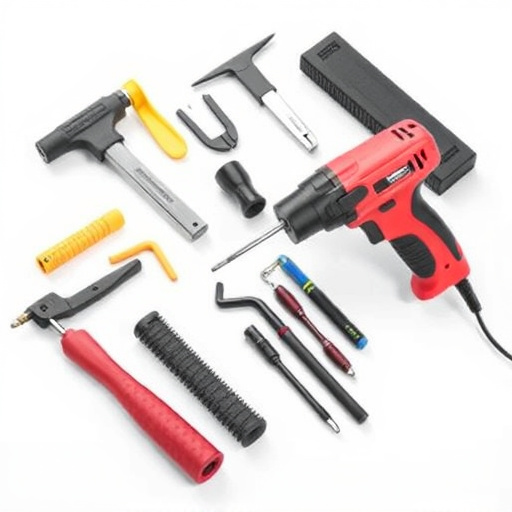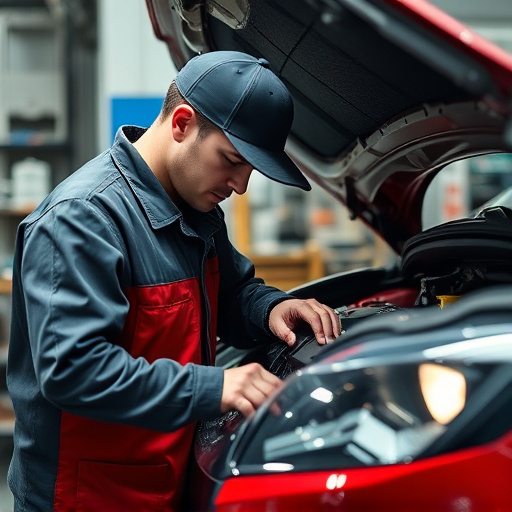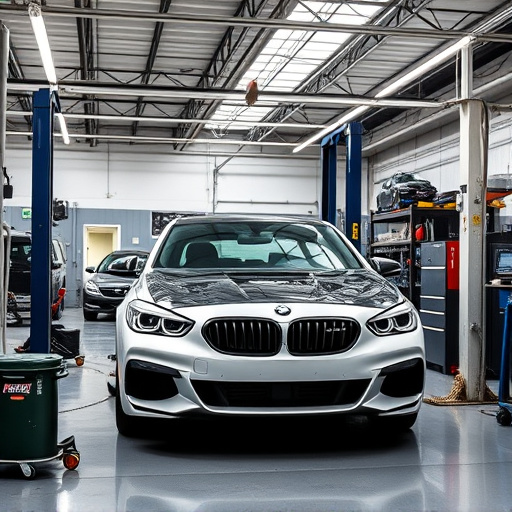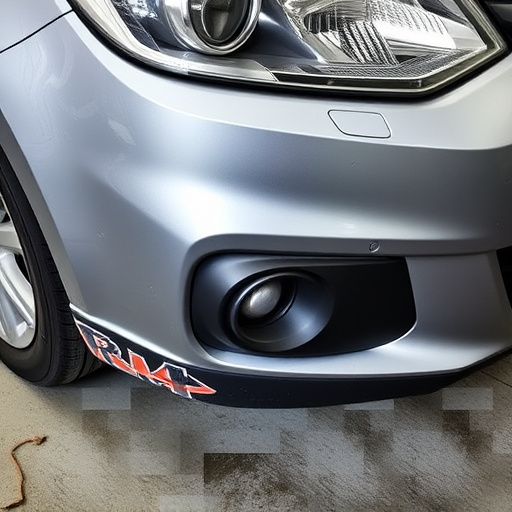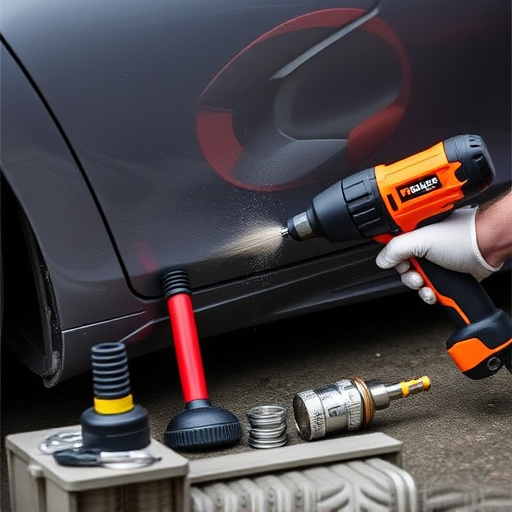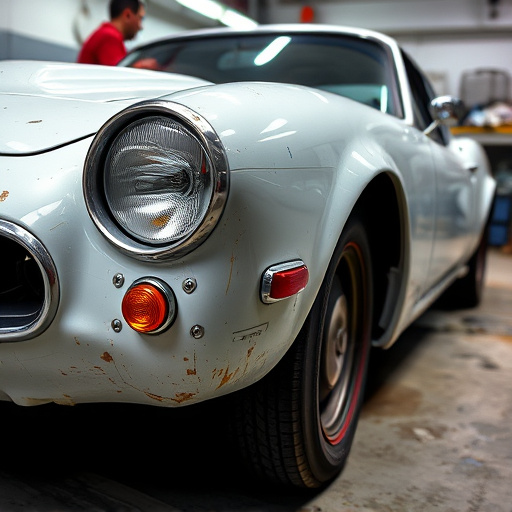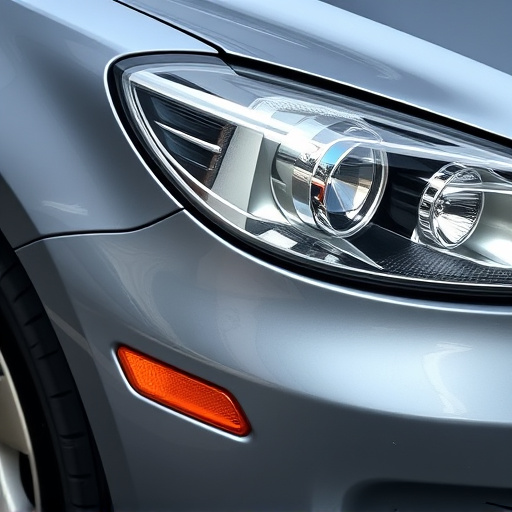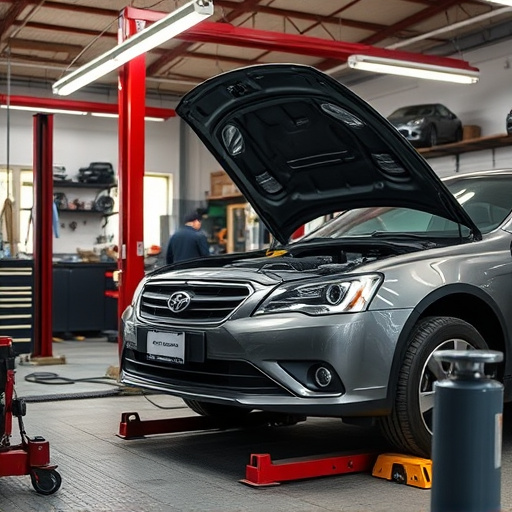Tesla vehicles require regular suspension alignment checks (every 5,000-10,000 miles) to prevent misalignments caused by rough roads, uneven terrain, and other factors. Early detection through professional inspections using specialized equipment ensures optimal handling, safety, and prevents costly body repairs. Maintaining proper tire pressure and avoiding rough driving conditions further safeguard the suspension system.
Tesla vehicles are renowned for their cutting-edge technology, but even these advanced cars aren’t immune to issues, especially when it comes to Tesla suspension alignment. With increasing mileage and varying driving conditions, misalignment can occur, leading to reduced handling and tire wear. This article delves into the common factors behind Tesla suspension misalignment, offers tips on early diagnosis and prevention, and provides long-term solutions for maintaining optimal vehicle alignment.
- Common Factors Behind Tesla Suspension Misalignment
- Diagnosing and Addressing Alignment Issues Early
- Long-Term Solutions for Maintaining Optimal Alignment
Common Factors Behind Tesla Suspension Misalignment
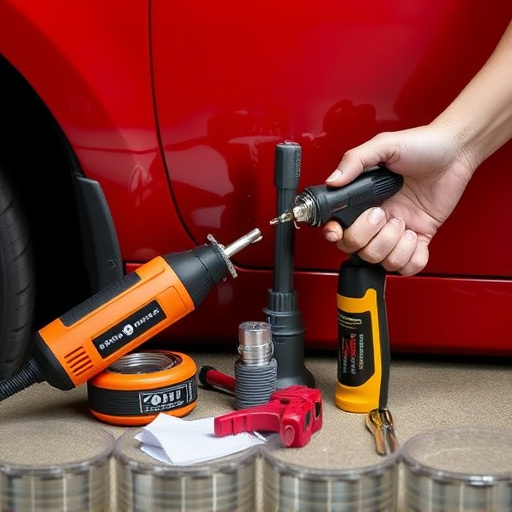
Tesla vehicles, known for their cutting-edge technology and sleek design, can experience suspension misalignment issues due to several common factors. One significant contributor is the frequent use of rough or uneven roads, which can lead to wear and tear on critical suspension components over time. Additionally, Tesla’s advanced electric propulsion systems may require precise calibration to ensure optimal handling and stability, making any misalignment more noticeable.
Another factor is the weight distribution of the vehicle itself. Since Teslas are typically heavier than conventional cars due to their battery packs, this can affect how the car interacts with the road surface. Improper tire pressure or frequent loading and unloading of cargo can also play a role in suspension misalignment. To address these issues, regular maintenance checks, including wheel balancing and alignment adjustments, are essential for keeping Tesla suspensions in top condition, ensuring both safety and optimal performance.
Diagnosing and Addressing Alignment Issues Early
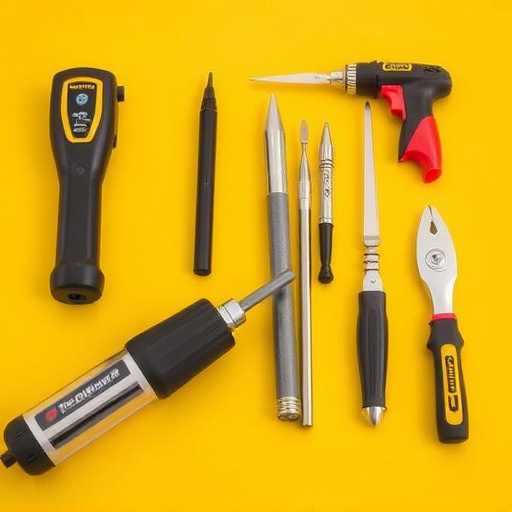
Identifying Tesla suspension alignment problems early is key to maintaining optimal vehicle performance and safety. Regular checks at a collision repair center or car repair shop can uncover subtle misalignments that might go unnoticed during daily driving. Technicians use specialized equipment to measure wheel and tire alignment, identifying issues like camber, caster, and toe adjustments that impact handling and stability.
Proactive maintenance is crucial, as neglecting these problems can lead to more severe and costly vehicle body repair down the line. Prompt addressing ensures your Tesla continues to deliver on its promise of smooth rides and superior handling dynamics, enhancing driver confidence and peace of mind on every journey.
Long-Term Solutions for Maintaining Optimal Alignment
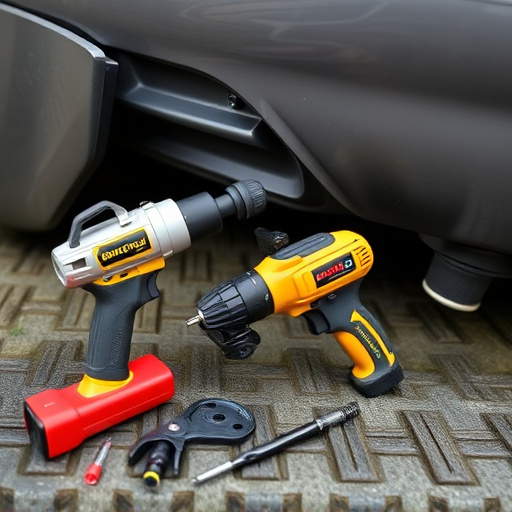
To maintain optimal Tesla suspension alignment over the long term, regular maintenance and care are key. It’s recommended to have a professional inspection every 5,000 to 10,000 miles or at least twice a year. This includes a thorough check of all suspension components, including shocks, struts, control arms, and ball joints. Early detection of any wear or damage can prevent more serious alignment issues down the line.
In between professional alignments, drivers should be mindful of their daily driving habits. Avoiding potholes, speed bumps, and rough roads significantly reduces stress on the suspension system. Additionally, maintaining proper tire pressure is crucial. Under-inflated tires can cause uneven wear, leading to misalignment. Regularly scheduled car bodywork services, including bumper repair for minor impacts, also contribute to preserving the vehicle’s alignment by minimizing damage that could affect the overall structure.
Tesla vehicles, known for their advanced technology, can still experience suspension alignment problems due to various factors. Regular maintenance, including timely wheel rotations and balancing, is crucial in preventing misalignment. Early diagnosis through digital tools and professional inspections can save owners from costly repairs down the line. By addressing these issues proactively, Tesla drivers can ensure optimal handling, safety, and the preservation of their vehicle’s overall performance for years to come, maintaining the integrity of the Tesla suspension alignment.
